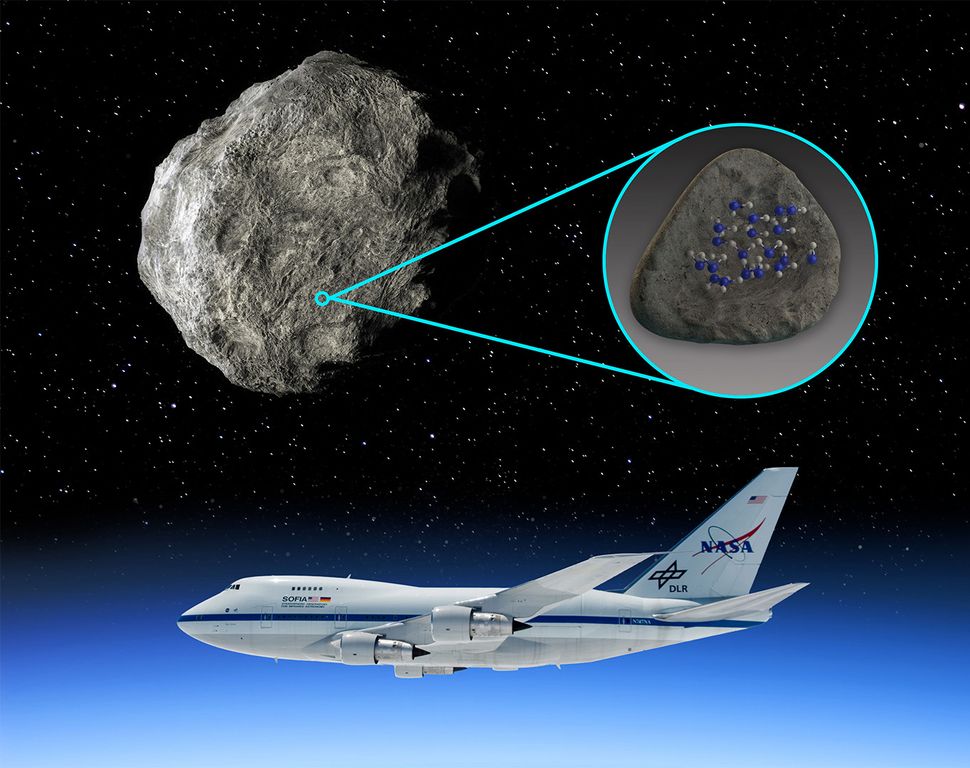Astronomers and space researchers have recently made a groundbreaking discovery regarding water on the surface of an asteroid, challenging previous beliefs and opening new possibilities for scientific inquiry and space exploration.
Background
Asteroid 4486 Mithra, located within the inner asteroid belt between Mars and Jupiter, was previously thought to be a dry, rocky body typical of its region. However, recent observations using advanced spectroscopic analysis have revealed the presence of hydrated minerals on its surface, indicating the existence of water.
Research Findings
Lead researcher Dr. Emily Chen expressed astonishment at the findings, highlighting the transformative nature of this discovery and its implications for our understanding of asteroids and planetary formation.
Scientific Implications
The detection of water on Mithra supports the hypothesis that water may have been delivered to Earth and other planets by impacting asteroids and comets during the early stages of planetary formation, shedding light on the origins of water in the solar system.
Exploration and Resource Utilization
The discovery holds promise for future space exploration efforts, as water is essential for sustaining life and fueling interplanetary missions. Identifying asteroids with accessible water reserves could lead to the development of technologies for in-situ resource utilization, enabling the extraction of water and other valuable resources during space missions.
Conclusion
The detection of water on Mithra underscores the interconnectedness of celestial bodies within our solar system and serves as a reminder of the endless opportunities for discovery beyond Earth. Each revelation brings humanity closer to understanding the cosmos and embarking on journeys into space.
Multiple Choice Questions (MCQs) with Answers:
- Where was water recently discovered for the first time on an asteroid?
- A) Outer asteroid belt
- B) Between Earth and Mars
- C) Inner asteroid belt
- D) Beyond Jupiter
- Answer: C) Inner asteroid belt
- What technology enabled the detection of water on asteroid 4486 Mithra?
- A) Radiotelescopes
- B) Spectroscopic analysis
- C) Infrared cameras
- D) Space probes
- Answer: B) Spectroscopic analysis
- What does the discovery of water on Mithra suggest about asteroids in the solar system?
- A) They are all composed of ice.
- B) They are devoid of water.
- C) They may harbor hidden water reservoirs.
- D) They are all located in the inner asteroid belt.
- Answer: C) They may harbor hidden water reservoirs.
- What potential use of asteroids with water reservoirs is highlighted in the text?
- A) Tourism
- B) Mining for rare metals
- C) In-situ resource utilization
- D) Terraforming
- Answer: C) In-situ resource utilization
